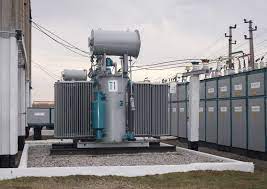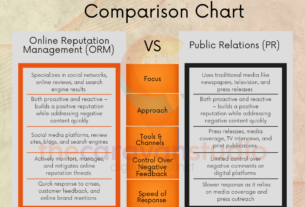Power distribution is the process of delivering electricity from a power plant to consumers. Substation transformers play a crucial role in this process by stepping up or down voltage levels to ensure efficient transmission and distribution of electricity. In this article, we will explore the importance of substation transformers in power distribution and how they work.
Substation transformers are essential components in power distribution systems as they help to manage the voltage levels of electricity as it moves from the power plant to homes, businesses, and other consumers. Transformers are responsible for either increasing (stepping up) or decreasing (stepping down) the voltage of the electricity to levels that are suitable for efficient transmission and distribution.
When electricity is generated at a power plant, it is typically produced at a high voltage to minimize energy loss during transmission over long distances. Substation transformers step up this high-voltage electricity for long-distance transmission through power lines. Once the electricity reaches its destination, such as a residential area or commercial complex. Substation transformers step down the voltage to safer levels for use by consumers.
Without substation transformers, it would be challenging to distribute electricity effectively and safely to end-users. These transformers help ensure that electricity is transmitted efficiently. Reducing energy losses and ensuring that consumers receive a reliable power supply.
Substation transformers are vital in power distribution systems as they facilitate the efficient transmission and distribution of electricity to consumers. Their role in stepping up or stepping down voltage levels helps to ensure that electricity is delivered safely and reliably to homes, businesses, and other end-users.
What are Substation Transformers?
A substation transformer is a static device that transfers electrical energy between two or more circuits through electromagnetic induction. It consists of primary and secondary windings wrapped around a core. The primary winding is connected to the high-voltage transmission lines, while the secondary winding is connected to the distribution lines that supply power to homes, businesses, and industries.
Step-up Transformers
Step-up transformers are used to increase the voltage levels for efficient long-distance transmission of electricity from power plants to substations. By stepping up the voltage, the current is reduced, which helps minimize energy losses during transmission. Once the electricity reaches the substations, step-down transformers are used to decrease the voltage for safe distribution to consumers.
Step-down Transformers
Step-down transformers are installed in substations to decrease the voltage levels to a safe and usable level for consumers. This ensures that the electricity supplied to homes and businesses is at the appropriate voltage for various appliances and equipment. Step-down transformers play a critical role in maintaining a reliable and stable power supply for consumers.
Types of Substation Transformers
There are different types of substation transformers used in power distribution systems, including distribution transformers, power transformers, and instrument transformers.
Distribution transformers are commonly used in residential and commercial areas to step down the voltage for local distribution. Power transformers are used in high-voltage transmission systems to step up or down the voltage levels. Instrument transformers are used for metering and protection purposes in substations.
Importance of Substation Transformers
Substation transformers are essential components of power distribution systems as they help regulate voltage levels. Manage power flow, and ensure the efficient and safe transmission of electricity. By stepping up or stepping down voltage levels, substation transformers play a crucial role in maintaining the reliability and stability of the electrical grid.
Substation transformers are crucial for ensuring that electricity can be efficiently transmitted over long distances from power plants to end-users. Without them, voltage levels would be too high for safe distribution to homes and businesses.
These transformers allow for the voltage to be increased for transmission over long distances with minimal power loss, and then decreased to safer levels for use in buildings. Overall, substation transformers are vital for the functioning of power distribution systems and the reliable supply of electricity to consumers.
Challenges and Future Trends
With the increasing demand for electricity and the integration of renewable energy sources into the grid, there are new challenges facing power distribution systems.
Substation transformers will need to adapt to these changes by incorporating smart. Technologies for monitoring and control, improving energy efficiency, and enhancing grid resilience. The future of substation transformers lies in their ability to support the transition to a more sustainable and reliable electrical grid.




